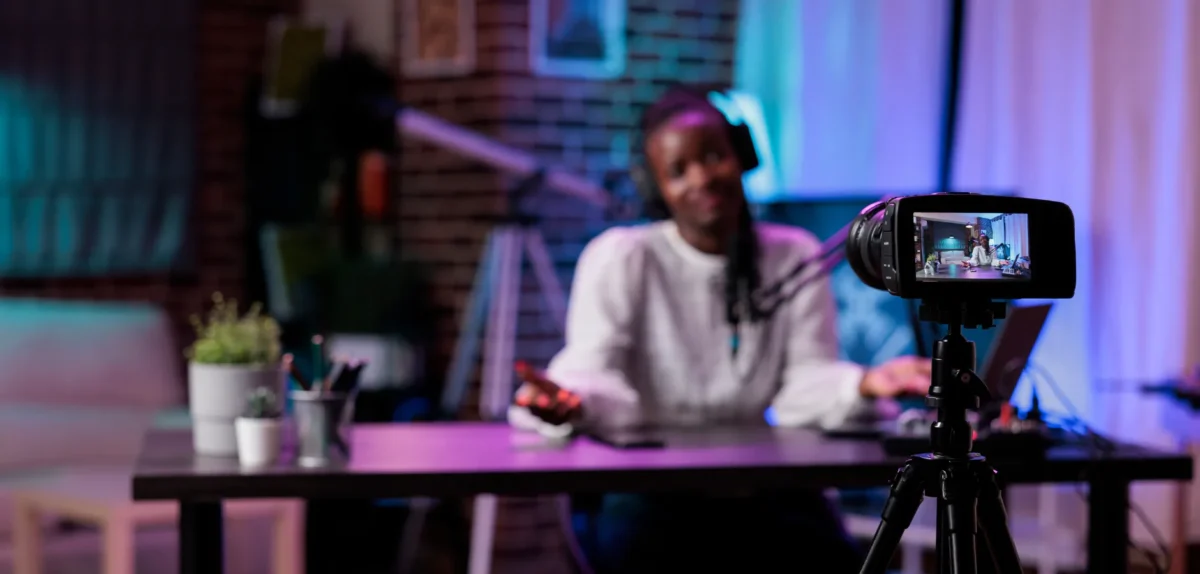Pop quiz. What makes a knockout influencer campaign?
It’s highly relevant to the influencer’s audience. It amps up excitement for the featured brand. And it might not look any different than the creator’s unsponsored content.
Take SleekMakeUP’s partnership with beauty influencer FATOU:
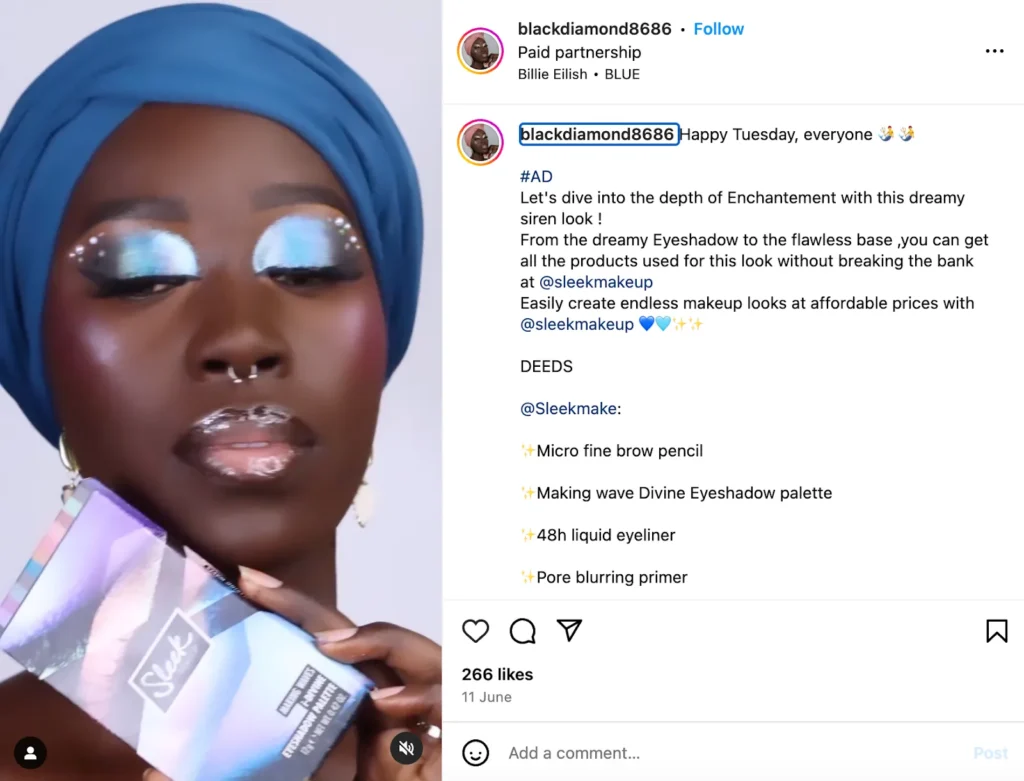
FATOU uses tutorial-style content to showcase the brand’s products and inspire her audience to recreate the look. This collaboration blends flawlessly with the rest of her content.
However, finding niche creators like FATOU that will drive impact for your brand can be challenging if you only have a social media profile and media kit to assess.
Often, you end up hesitantly agreeing to a campaign amid unanswered questions. Is this creator credible? Have their past brand partners seen tangible success? Can they drive the specific actions you want for this campaign?
Let’s flip the script. With the right strategies and tools, you can find the right influencers in your niche to help you reach your brand goals.
The right influencers align with your business goals and target audience
Knowing your target audience and objectives makes sifting through your potential partners easier.
Address these three specifics before seeking out influencers:
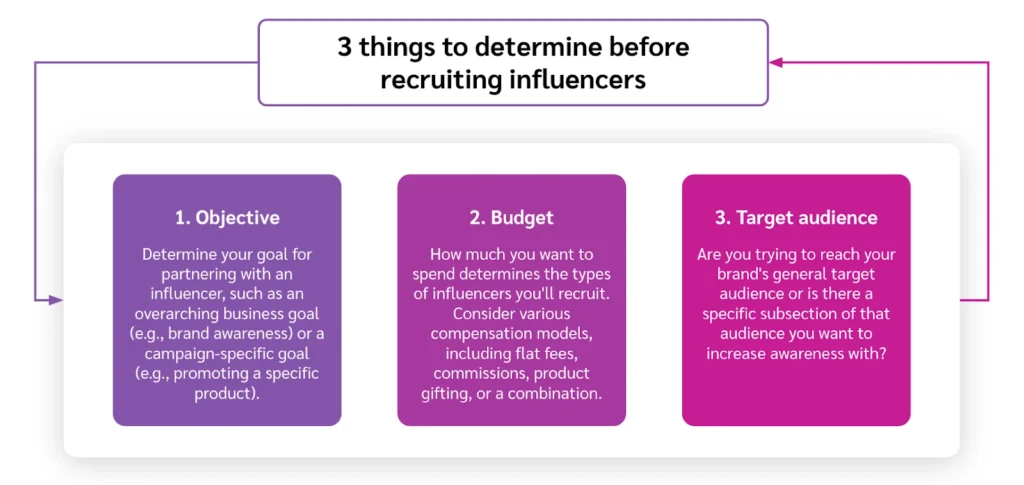
- Objective: Determine your goal for partnering with an influencer, whether that’s an overarching business goal (e.g., brand awareness) or a campaign-specific goal (e.g., promoting a specific product).
- Budget: How much you want to spend determines the types of influencers you’ll recruit. (Remember: You can consider various compensation models, including flat fees, commissions, product gifting, or a combination.)
- Target audience: Decide whether to raise awareness among your brand’s overall target audience or a specific subset.
Swedish brand Ellos chooses creators with a specific demographic to promote its fashion styles and home products. For example, the brand’s partnership with boho-chic fashion influencer Linda-Marie Assergård helped the brand showcase its flowery dresses and lacey numbers to an audience of nearly 150k:

Ellos maintains an ongoing influencer campaign, leading to a constant flow of talent and content. Read all about its success story using impact.com / creator here.
3 steps to build a knockout influencer shortlist
Once you have a clearer idea of what you’re looking for, create a roster of potential partners in three easy steps.

#1 Search social media platforms
Find creators who have already talked about (and used) your brand. Many times, the best partners are customers. See who’s tagged you and who uses branded hashtags. These creators are passionate about your brand and likely align with your audience.
A tool such as impact.com’s Social Listening (launching soon) speeds up your search by surfacing influencers who already post about your brand.
Take the art supply brand Artefex for instance. Artist Christopher Remmers, who tagged the brand in his content, could make frequent brand mentions with the right partnership.
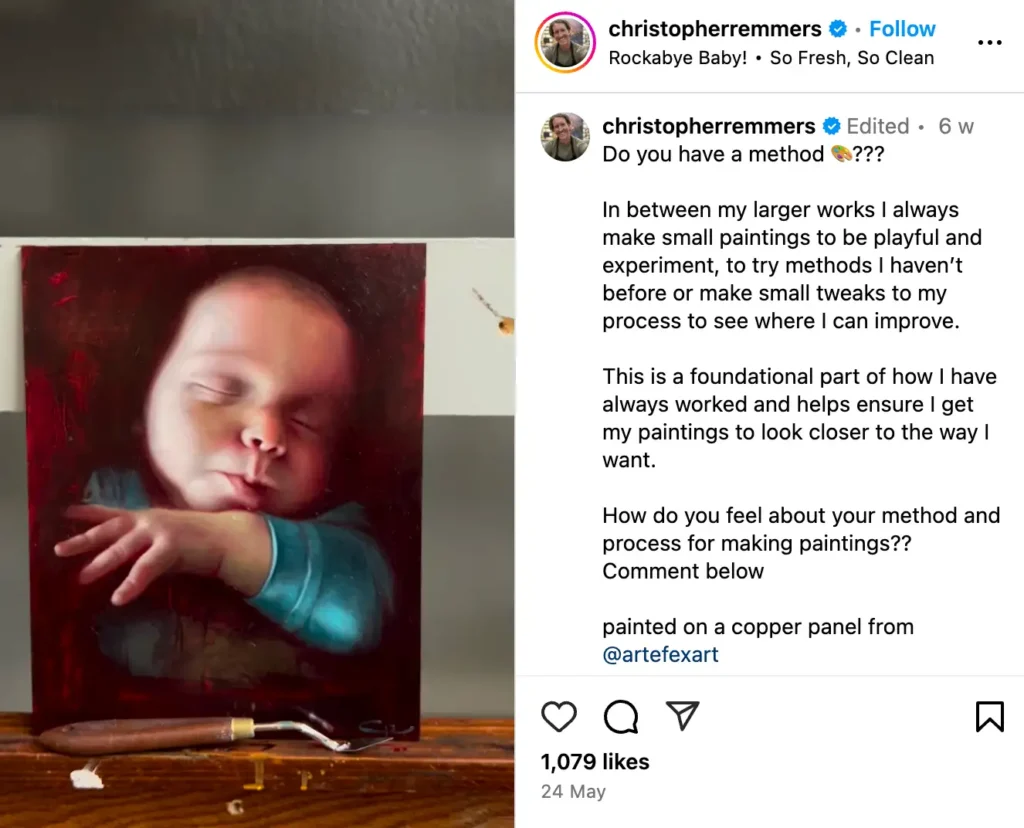
Search relevant hashtags, keywords, or content types. For example, if you’re a fashion brand, you could search for “get ready with me” (#GRWM) content types or #outfitoftheday.
See who tags your competitors. If a creator already uses a similar product, it’s likely a good fit for you. But consider this: Some influencers can’t promote competing products. This applies to occasional purchases like mattresses or technology. Everyday items, including food or beauty products, face less competition.
#2 Find niche bloggers
Partnering with blogs boosts your search engine optimization (SEO) with backlinks. Plus, the blog’s SEO efforts expand your campaign’s reach beyond its regular audience.
Search for blogs in specific categories, such as “travel blog.” Or search for specific articles related to your product (e.g., “best travel backpack”) or a related topic (e.g., “carry on packing list”).
This blog article from Tilted Map names Tortuga’s Travel Backpack Pro as the number one travel backpack option. It also ranks on page one for “best travel backpack,” so it shows up when shoppers research travel backpacks. This is ideal for brands looking to increase awareness.
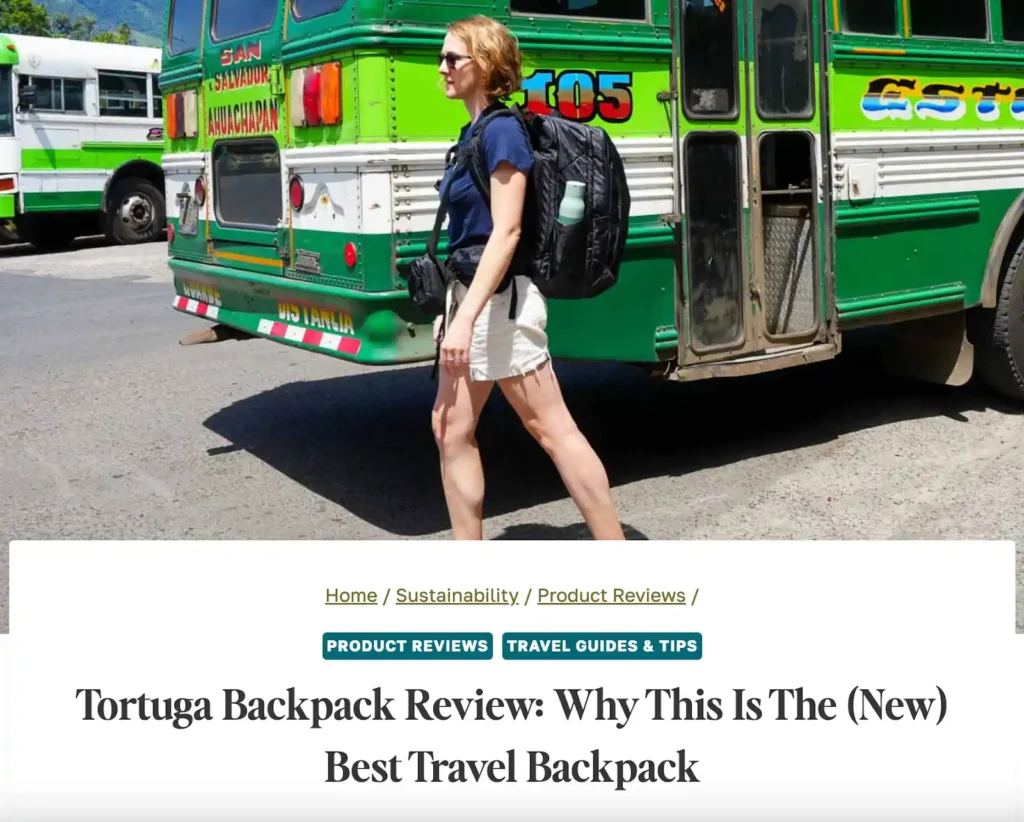
#3 Use an influencer marketplace like impact.com / creator to recruit high-quality talent
Manually searching for influencers is time-consuming, and it becomes a guessing game when you can’t assess their reach and performance. A creator marketplace helps you evaluate partners based on data.
impact.com’s partner discovery tool makes finding and recruiting relevant influencers for your brand easy. Search a database of 123k+ creators who are signed up and ready to work. Customize your search and filter creators according to:
- Social media channels
- Audience size
- Location
- Language
- Keywords
- Audience demographics
- Engagement rates
- And more
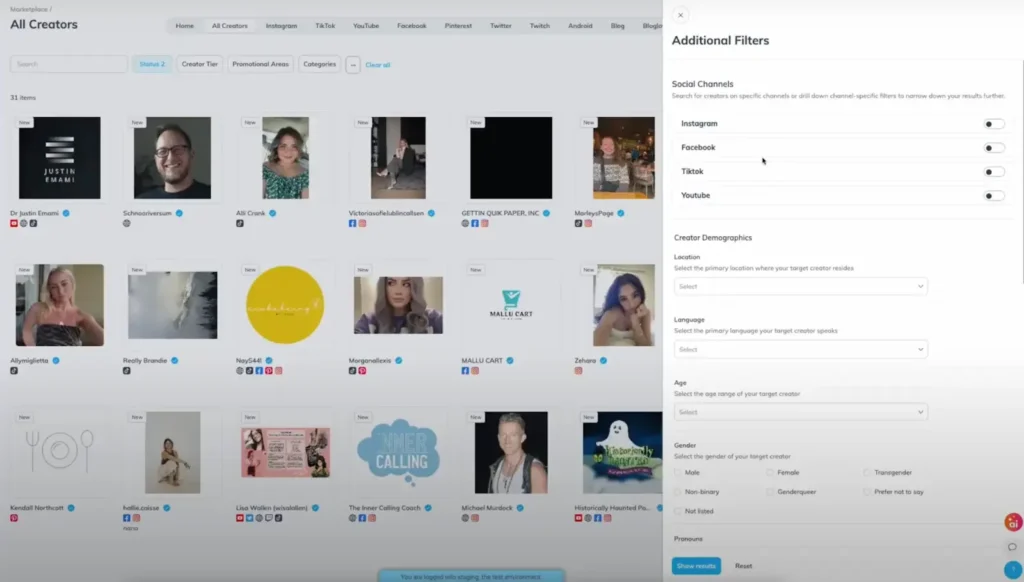
impact.com / creator’s platform lets you discover, recruit, and manage the entire partner life cycle in one place, including:
- Customizing compensation terms
- Creating contracts and statements of work (SOWs) tailored to each creator
- Storing creator deliverables in a content library
- Generating affiliate links and promo codes
- Analyzing results in real-time
- Paying out partners
- And more
These tools make it easy to find the right partners and scale your influencer marketing program.
Use data-driven insights to align partners with brand values
Once you’ve selected potential partners, refine your choices by assessing the key metrics for your brand. These metrics can include follower count, demographics, engagement rates, and more. Let’s dive in.
Consider follower counts (bigger isn’t always better)
A large follower count doesn’t necessarily translate to partnership success. A reported 70 percent of brands prefer nano- and micro-influencers over macro-influencers or celebrities.
Due to their niche content, micro-influencers often see better engagement. Audiences feel a kinship with these influencers and are more likely to act on their recommendations. The added bonus of decreased risk is that they’re more affordable than their mid- and macro-influencer peers.
Regardless of your influencer tier, a quick glance at a creator’s follower count can tell you if they have substantial reach and are likely to be within your budget.
Pay attention to engagement and audience feedback
Prioritize creators whose audiences align with your campaign’s target audience in demographics, interests, or values. If an influencer already creates content that your brand could naturally fit into, that’s a great sign.
You can see these upfront using a discovery tool like impact.com’s Marketplace. Outside marketplaces, creators use media kits to give brands a vibe of their audience, engagement, and look and feel.
Keep in mind that some influencers are less obvious fits. Take Blueland’s collaboration with creator Alexis Nikole, for example:

Blueland’s eco-friendly cleaning products and Alexis’s foraging and cooking content resonate with sustainability-minded audiences. So even though Alexis doesn’t post about cleaning, this partnership makes sense due to value alignment.
Next, evaluate audience engagement. Engagement rates tell you how active and interested an influencer’s followers are, and high engagement will lead to better campaign results.
Then, take a look at the engagement quality. Do their followers show genuine interest in the comments? Many low-quality comments, like emojis or single-word messages, can indicate fake engagement.
Look at a few sponsored posts to confirm that the engagement rate stays high relative to organic content.
Pro tip: impact.com gives you insight into the percentage of fake vs. real followers a creator has and their engagement rates across different platforms. So you can zone in on the platform where they perform best.
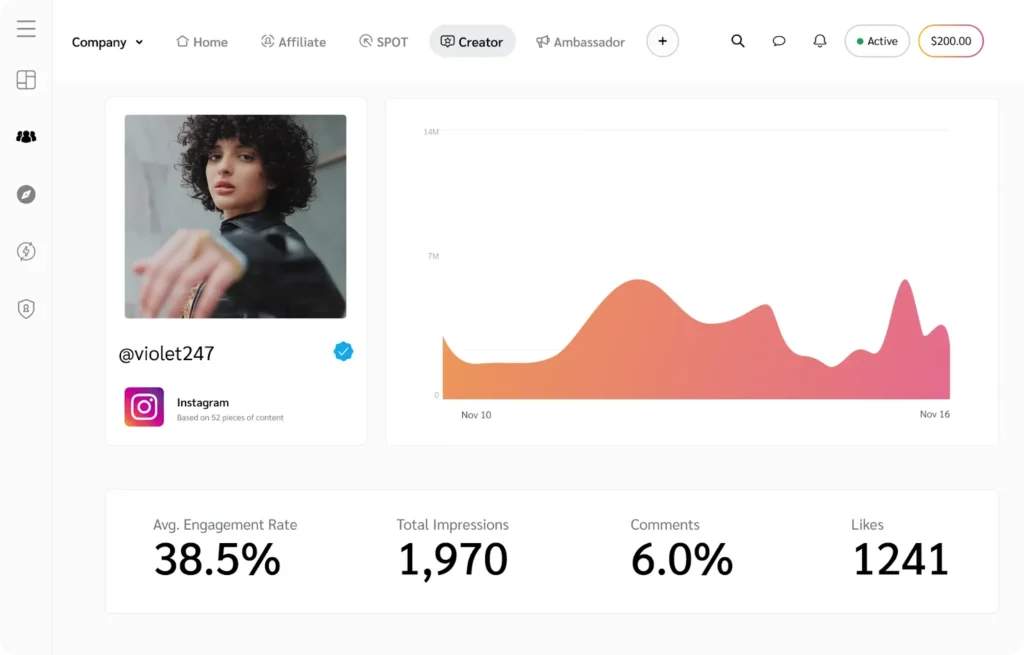
More factors to consider
Some other things worth thinking about as you consider your options:
Posting frequency. Infrequent posting means you’ll struggle to get consistent exposure to a creator’s audience. Research suggests 29 percent of consumers view content as most authentic when a creator posts about a product or brand multiple times.
Content and sponsorship quality. Ask yourself: Does sponsored content feel authentic? How do they talk about the brands they feature? Do they have metrics to illustrate the impact on business outcomes?
Interactions with their audience. Active interaction can enhance audience loyalty and engagement, making the influencer a more effective brand ambassador.
Strike influencer gold by testing and refining your strategy (and partners)
You’ll only know if influencers are right for you once you give them a shot. If you’ve vetted them properly, you stand a good chance of success.
When you’re ready to start a relationship, ensure a positive outcome with clear goals and work scope expectations, onboarding influencers to your brand’s products and guidelines.
If a campaign underperforms, try different campaign styles or other influencers in the space. Testing will help you determine if you’re targeting the right audience and niche or need to adjust your strategy.
The best way to find influencers for your brand is to use a platform like impact.com / creator. It’s got a marketplace of 123k+ creators, robust discovery tools, and a full partnership management suite to scale your program.
FAQs
There are several ways to contact creators:
-
- DM them on social media or email them, as post comments can get lost
-
- Reach out to pre-vetted influencers using the impact.com / creator Marketplace
-
- Attend industry events, conferences, and meetups where influencers might be present
-
- Ask for introductions to influencers from other businesses with similar audiences or influencers you already work with
Research hashtags, keywords, and brand tags on social media. Or use a creator Marketplace like impact.com to search a database of 123k+ influencers signed up and ready to work. Then use powerful filters to find the best matches, including:
-
- Social media channels
-
- Geography
-
- Language
-
- Keywords
-
- Demographics
-
- Engagement metrics
You can even review their content without leaving the platform.
There are influencer lists online, but they’re often out-of-date and offer little context. Instead, use a marketplace like impact.com to filter a database of 123k+ vetted influencers.
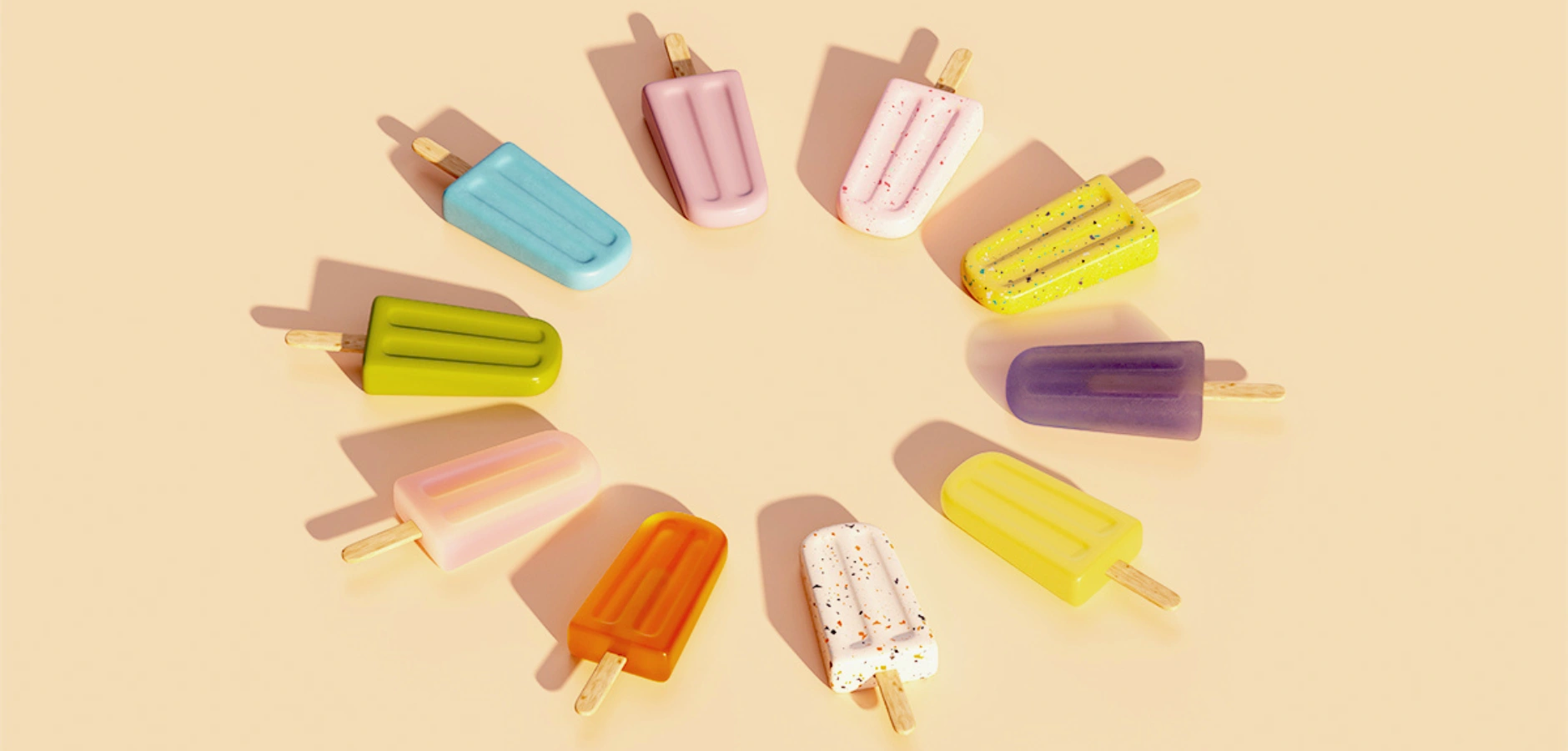

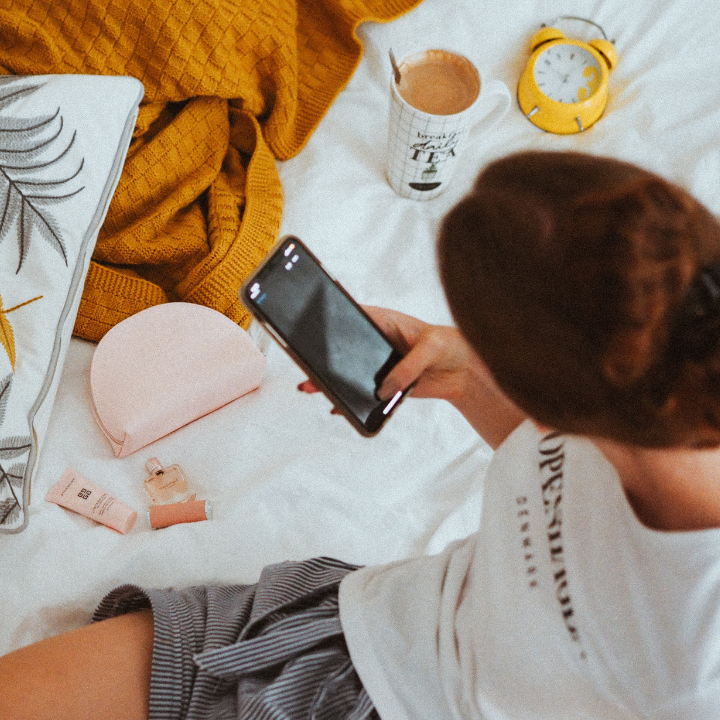
![Spot the bot 5 types of influencer scams +5 tips to avoid them]](https://impact.com/wp-content/uploads/2019/10/Spot-the-bot-5-types-of-influencer-scams-5-tips-to-avoid-them.jpg)
